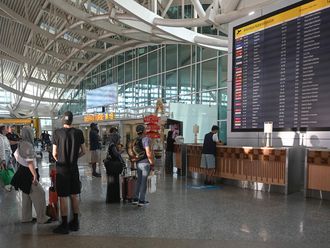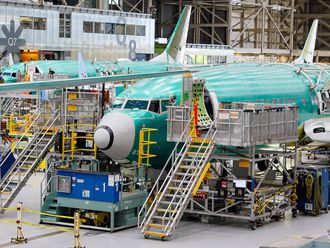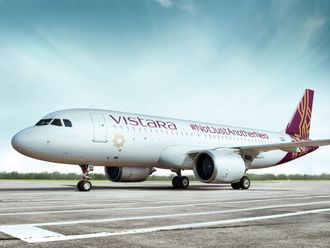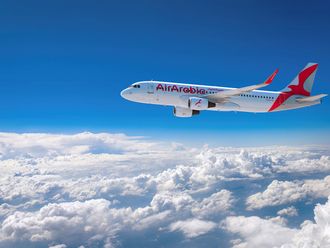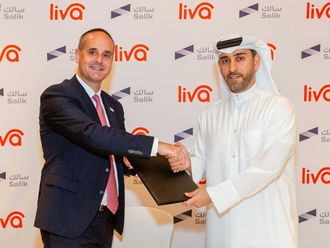Coco Chanel once famously said: “In the factory, we make cosmetics. In the shop, we sell hope.” Airlines are something like that too. In the shop, we sell glamour. Things like overseas holidays in exotic destinations; major business deals; visiting loving families, that sort of thing. In the factory, we make logistics. Managing an airline is all about making sure everyone is doing the same thing, each and every day, the same way, to deliver an identical product. Well-run airlines can do that, notwithstanding that circumstances conspire to make every day very different.
So take your hat off to the executive team at Emirates. Not only have they managed to make their line staff experts at delivering a good product with aplomb, every day the same (and I mean that as a huge compliment), they have turned that requirement onto themselves as well. What is good for the goose is good for the gander, after all.
Every results period, regular as clockwork, out come the same impressive results. And, just as no day is actually the same down on the front line for the front line staff, circumstances are certainly conspiring to make these extraordinary times for management as well. The world economy continues to struggle, with the single biggest market, Europe, in what can only be described as a depression. Oil prices remain high.
Those factors are constant for all airlines, so it is illuminating to see how Emirates is reacting. It is rising to the challenge. They are doing that in marked contrast to many of the other airlines in the world. I have said many times before in this column that Emirates, Etihad Airways and Qatar Airways are category busters. They are creating new world airlines, using new generation equipment, for new-found passengers.
The rest of the industry is starting to react to these changes. Airlines are starting to look at what they can do differently too. But so far, generally, the results have been underwhelming. The Gulf carriers, with Emirates at the van, keep on wrong-footing them. May 9, 2013, was no different (when Emirates released its full-year results). The competition may have intensified but the results are on the board.
And what impressive results! Profit up, passenger numbers up, capacity up. It is a testament to what is happening inside the airline that both capacity and profit has increased. The American airlines have shown us that profit can increase if the amount of capacity in the market goes down. Retire aircraft, fill to bursting those that are flying and you have the current US model.
The Emirates model is much harder to emulate. New aircraft need new passengers to fill them. That means new destinations and new ways to feed an ever growing network. It also means focusing on product, and marketing and service. This is what is known as management in the real world.
Building new markets is not easy in the heavily regulated world of air transport. Emirates is working on that as well, lobbying in favour of deregulation and liberalisation wherever it can.
At the same time, it has, for the first time, entered into a substantial ‘old world’ agreement with Qantas to code share flights. For Emirates, the move has the air of being a test, an interim solution. There is more of a sense of desperation from the Australian end.
Emirates is also often attacked for having favourable airport support from Dubai airport, and a favourable regulatory environment. There is no secret in these factors. Look! There they are written on a page. Nor is there a monopoly on such things. It is just that the UAE in general understands the importance of aviation to its economy and is prepared to put its words into action. If the Emirates results are a team effort then more power to the entire team.
There are challenges ahead. Costs need to be controlled, competition continues to mount and notwithstanding great airport infrastructure in Dubai, that is not the case in all of Emirates’ destinations. Nearer to home the airspace is increasingly crowded but finding a solution will call for regional cooperation and concerted effort.
To date, addressing those problems has had the effect of also helping the competition, but just as Emirates is attempting to reshape the regulatory world, there are tentative signs that it is interested in finding ways it can reshape some of the infrastructure challenges in a way that will not slow down its march.
Aviation has a long history of being an arm of government policy. Emirates shows us that is not necessarily a curse. The big question is how it will proceed next, as it strives to remain the best airline in the world.
— Andrew Charlton is managing director of the Europe-based strategic advisory, government and public affairs firm, Aviation Advocacy


